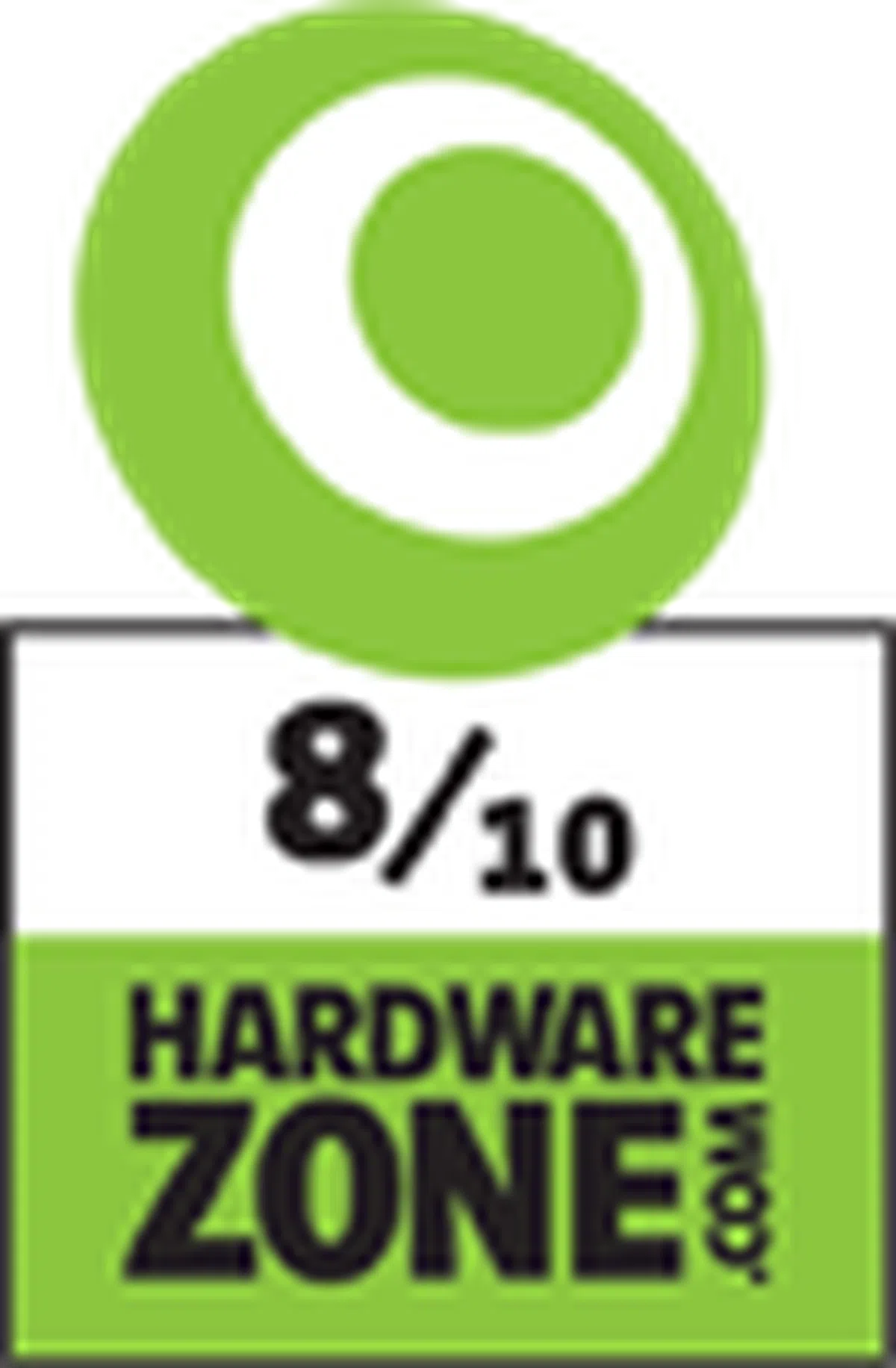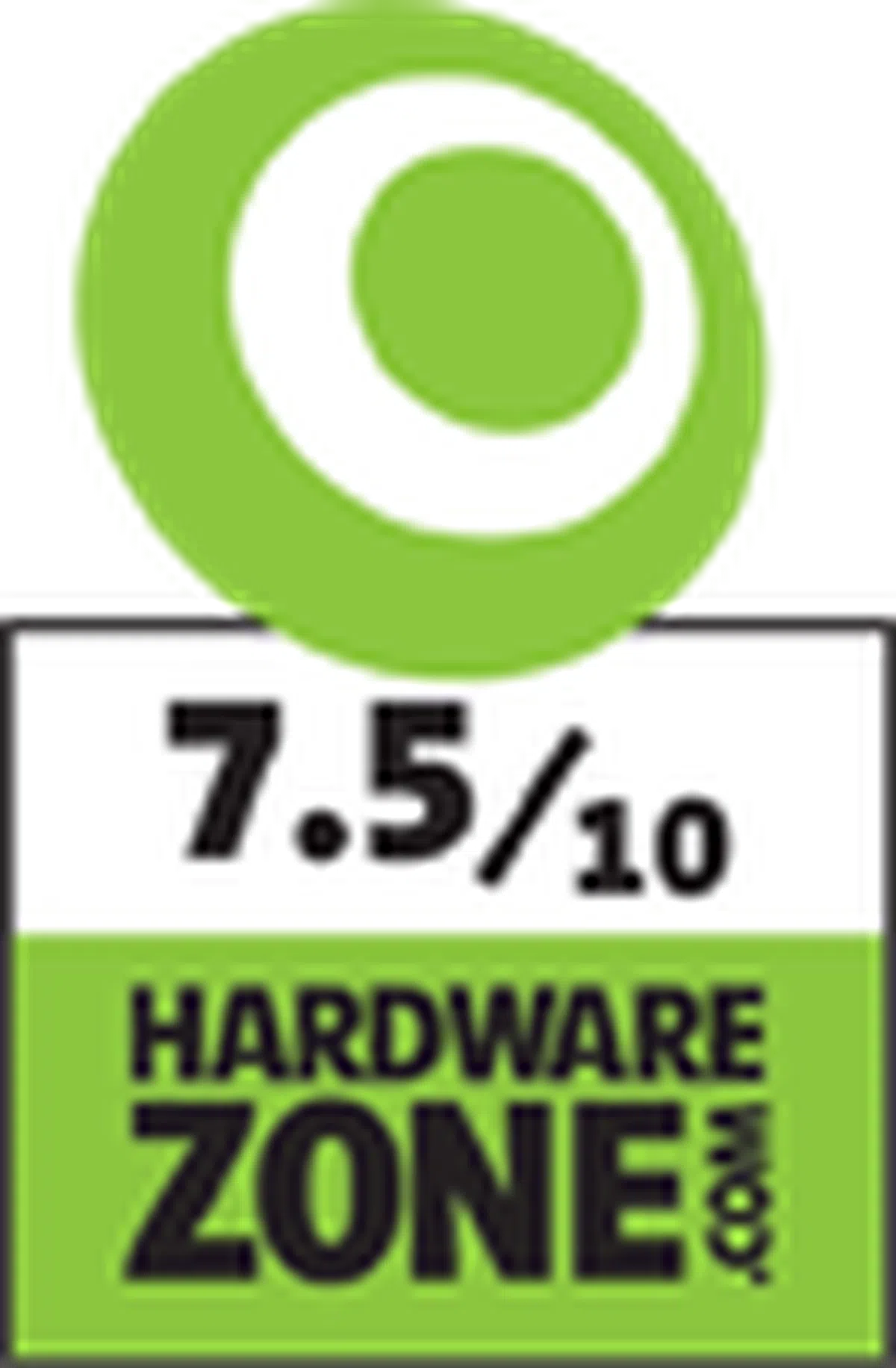The Rise of USB 3.0
The first USB 3.0 storage products and motherboards were launched in early 2010. In a relatively short span of three years, USB 3.0 has slowly but surely becoming commonplace. Now, it is unthinkable for a new desktop system or notebook to ship without USB 3.0 connectivity.
By now, most of you should know that USB 3.0 is an upgrade to USB 2.0. Also sometimes called "SuperSpeed" ports, USB 3.0 is capable of providing up to 5Gbps of data throughput - 10 times that of USB 2.0’s 480MBps. That certainly sounds impressive, but bear in mind that these figures are its theoretical transfer rates. Although real world transfer speeds are much less, there’s no doubting the performance advantage of USB 3.0 over USB 2.0.

From the biggest names in storage such as Buffalo, Seagate and Western Digital, we have with us today six of the most recent 1TB USB 3.0 portable hard drives in the market for evaluation.
Currently, there’s no shortage of USB 3.0 portable hard drives and 1TB variants of such drives have never been more affordable. We love these drives for their extreme portability and their fairly large capacity, which makes it ideal for sharing media content, data, documents, or even as a backup drive. And for this shootout, we have shortlisted six drives and they are:
- Buffalo MiniStation Thunderbolt
- G Technology G Drive Mobile USB
- Imation M300
- Seagate Backup Plus
- Verbatim Store ’n’ Go
- Western Digital My Passport
The drives will be put through our suite of benchmarks to test for their performance. Additionally, we will also be looking at the drives’ design, aesthetics, ease of use and also the inclusion (if any) of any handy backup tools or utilities.
We will begin the shootout by providing an overview of each of the drives.
Buffalo MiniStation Thunderbolt

Chunky in white, it seems that the people at Buffalo designed the MiniStation Thunderbolt with Mac users in mind.
Japanese firm Buffalo was one of the first to offer portable storage devices with USB 3.0 connectivity and they are at it again with the new MiniStation Thunderbolt. Previously reviewed in August, the MiniStation Thunderbolt combines both USB 3.0 and Thunderbolt connectivity in a single portable package. This makes it versatile, even if the benefits of Thunderbolt connectivity in a portable hard drive like this is debatable. Performance aspects of the Thunderbolt interface against its USB 3.0 interface have been discussed previously using the 500GB edition. In short, there's not much of a difference and as such, we'll be concentrating on USB 3.0 performance only in this article.

The drive is unique because it offers both USB 3.0 and Thunderbolt connectivity in a single enclosure.
Decked in all white, the drive is the chunkiest of the lot (relatively speaking), so be sure to set aside some space in your bag. Nonetheless, it still remains fairly portable. The extra thickness is quite likely attributed to house more electronics within the enclosure to support Thunderbolt connectivity. If you're looking towards a multi-interface drive integrated within a package as-is, this is the only one in the portable hard drive space. Handily, the drive comes with both USB and Thunderbolt cables and 3-year warranty as standard. No other backup utility or security tool is provided.
G Technology G Drive Mobile USB

The G Drive Mobile USB is the the slimmest drive.
Marketed as a portable drive for Apple laptops, the G Mobile USB is a sleek looking drive with a Macbook Pro-matching aluminum enclosure. And since it’s targeted at Apple users, the drive comes formatted in HFS+ mode (Mac OS Extended), unlike most portable drives which are formatted in either NTFS or FAT32.
And because of the aluminum enclosure, it is one of the heavier drives, tipping the scales at slightly more than 250g. Despite the weight, if you were to look at outright volume, it’s actually the most compact drive here - not that much larger than an iPhone 5.
The G Mobile USB is packaged simply, offering only a single USB cable and nothing else.
Imation Apollo Expert M300

The Imation Apollo Expert M300 is the lightest, but it also feels a tad flimsy and cheaply built.
Storage experts Imation has refreshed the old Apollo Expert M250 with their new Apollo Expert M300. Design-wise, the new drive looks remarkably similar to the old, sporting the same matte silver finished plastic rectangular case. It feels about the same in terms of volume and weight too. It even comes bundled with the same Arcsoft Total Media backup utility too. Underneath the plastic enclosure, the drive shares the same specs as its predecessor too - a 5400rpm hard disk with 8MB of cache.
What has changed, however, is that Imation is now offering a free cloud storage account with the drive. The free account entitles users to 4GB of free storage, while additional storage can be separately purchased. Also, we noticed that Imation is no longer bundling the useful protective leather case that came with the older M250 drive.
Seagate Backup Plus

The Seagate Backup Plus comes in a variety of colors, such as red.
Released in the middle of 2012, the Seagate Backup Plus is a handsome drive that comes in a brushed aluminum front panel, which is available in several colors. It’s remarkably slim too and is one of the lightest drives in this shootout. What’s unique about the drive is that it features Seagate’s Universal Storage Module (USM) adapter, which lets users change the interface of the drive using adapters. By default, the drive comes with a USB 3.0 adapter and additional Thunderbolt and FireWire adapters can be purchased separately.

Seagate's Universal Storage Module adapter lets you swap the standard USB 3.0 connector for Thunderbolt and even FireWire ones.
Perhaps more crucially, the drive features an updated version of Seagate’s Dashboard backup application. Designed to be more user-friendly and intuitive, the application makes it easy to backup contents and even has a nifty feature that allows it to backup your photos on social media sites such as Facebook and Flickr.
Verbatim Store ’n’ Go

The Verbatim Store 'n' Go is pretty plain when it comes to design. Fortunately, it is available in a selection of colors.
Featuring an aluminum enclosure that’s available in a multitude of shades (black, silver, yellow, pink and orange, just to name a few) the Verbatim Store ’n’ Go drive felt slightly chunkier and heavier in our hands when compared to the other drives in this shootout. Like the other drives here, the Verbatim drive has a 5400rpm hard disk with a 8MB cache.
The drive comes bundled with a copy of Nero BackItUp & Burn Essentials software for easy backing up of content and also comes with a special energy saving software. What’s more impressive about this drive, however, is that it is backed by a 7-year long warranty - the longest by far in this shootout.
Western Digital My Passport

The Western Digital My Passport drive might be chunky, but it is the "shortest" of the drives, making it easy to carry. It also has an interesting, rubber-like surface with matrix patterns.
Western Digital is one of the biggest names in storage and the My Passport product line has been a favorite amongst users for a very long time. The newly updated My Passport drive has a new design, featuring an all-plastic enclosure with a textured front panel with a matrix design. Apart from black, the drive is available in other colors - white, blue, red and silver. In terms of size, the My Passport drive is not as slim as the other drives, but it is appreciable shorter in length.
The drive comes bundled with Western Digital’s own backup and security utility, which works on both Windows and Mac machines. It’s not as capable as Seagate’s Dashboard application and lacks certain features such as making scheduled backups, but it works well enough as a basic backup utility.
Futuremark PCMark 7 Results
We begin our performance analysis with PCMark 7, the benchmarking suite from FutureMark that evaluates the performance of Windows 7 machines. It tests a wide range workloads and aspects of the system ranging from computation, image and video manipulation and storage. We’ll be looking solely at the storage test here.
Given that the drives have identical specifications (5400rpm, 8MB cache) we were expecting the results to be close, and that was exactly what we got. Looking at the results, the difference between the highest-scoring (Western Digital) and lowest-scoring (Imation) was only a mere 71 PCMarks. We can, however, say that the three better drives in this test were the Seagate, Verbatim and Western Digital drives.

CrystalDiskMark 3.0.1 Results
CrystalDiskMark is an easy-to-run and quick utility to use to gauge a drive’s performance. It measures sequential read and write performance and random read and write speeds of random 4KB, 4KB (queue depth 32) and 512KB data. We also use it for SSD testing.
Looking at sequential read and write performance, the Buffalo MiniStation Thunderbolt was the clear victor, followed by the Seagate and Verbatim drives. However, as we investigate further by looking at 512k, 4kb and 4kb, queue depth 32 performance, we can see that the Buffalo drive pales in comparison to both the Imation and Western Digital drives. In fact, the Western Digital My Passport drive was the most consistent top performer in this benchmark.




HD Tune Pro 5.0 Results
HD Tune is a popular hard disk benchmarking utility and we were expecting a close fight between the drives again. Expectedly, sequential read and write performance was generally very comparable across the board. Write performance, in particular, was nearly identical across the board; but we did notice that the Imation drive was slightly slower in the read performance test.
Random access performance revealed slightly greater variation in performance. This time, random read access of the drives were nearly almost identical; but random write performance saw two standout drives in the form of the Imation Apollo Expert M300 and Western Digital My Passport. Looking at their average random speeds, they were both about 30% to 40% faster than the rest of the drives.





File Transfer Timing Results
Since such portable hard drives would be mostly frequently used for transferring large media files, we rounded off our testing with a real world file transfer timing test. In this test, we measured how long it took to copy a 1.72GB movie file.
Clearly, the Seagate Backup Plus was the quickest, followed by the Imation Apollo Expert M300. The Buffalo and Verbatim drives posted very similar timings, while the slowest drives were the ones from Western Digital and G Technology.

Unveiling the Best Portable Drive
To determine a winner, we would be paying close attention to the drives’ performance, features, value and design. On a whole, the six drives were pretty comparable in terms of performance, which was what we had expected seeing that the drives have identical basic specifications. Design-wise, the drives were mostly comparable too as most of them had the same slim, rectangular form factor which makes them extremely portable - save for the bulkier Buffalo MiniStation Thunderbolt and the more square-shaped Western Digital My Passport. Therefore, the biggest differentiator here were their features and value proposition. Before we unveil the winner, let’s take a quick look at the final score breakdown.
Do note that we have revised the ratings of some of the drives that were previously reviewed to better factor in the current playing field and a refreshed comparison. This is because the previous review ratings and findings are applicable for products reviewed at that point of time. All revisions have been noted in brackets for proper clarity and accountability. All pricing information is accurate at the point of conducting this group test.
Buffalo MiniStation Thunderbolt | G Drive Mobile USB | Imation Apollo Expert M300 | Seagate Backup Plus | Verbatim Store 'n' Go | Western Digital My Passport | |
Performance | 7.5(adjusted up from 7) | 7.5 | 8 | 8 (adjusted down from 9) | 7.5 | 8 |
Features | 8 | 7 | 8 | 9 | 7.5 | 7 |
Design | 8 | 7.5 | 7.5 | 8.5 | 7.5 | 7.5 |
Value | 6.5(adjusted up from 4) | 5 | 9 | 8 (adjusted down from 8.5) | 7.5 | 7.5 |
Price | $299 | $195 | $129 | $169 | $149 | $149 |
Overall | 7.5 | 7.0 | 8 | 8.5(adjusted down from 9)
| 7.5 | 7.5 |

The drives are quite similar in terms of performance, so at the end of the day, the winner was determined because of its better features and value proposition.
In the end it was a close fight between the Seagate Backup Plus and Imation Apollo Expert M300, however, we felt that the Seagate Backup Plus just about edges it. In terms of performance, the two were very comparable, but we felt that the Seagate had a superior feature set thanks to its Dashboard backup utility. Apart from being easy to use and setup, the Dashboard backup utility could even automatically save and backup your photos on Facebook and Flickr, which we think it’s pretty nifty. Further brownie points of course goes towards its pleasing design and the exchangeable interface concept. In fact, power users can even unplug the USB 3.0 interface and connect the drive directly to an internal SATA data and power interface if so required.
That said, the Imation Apollo Expert M300 is still a very accomplished drive. It has above average performance, and also comes bundled with ArcSoft’s backup utility and a free cloud storage account with 4GB of storage space. Best of all, it’s the most affordable drive of the lot. Overall, it's a tough combination to beat.
Speaking about affordability, on the other end of the price spectrum we have the Buffalo MiniStation Thunderbolt. It is by far the most expensive drive (though prices have been revised for the better since its launch) but it does offer the option of both USB 3.0 and Thunderbolt connectivity. To further substantiate its price point, you only need to look at the cost of the expansion connectors for Seagate's GoFlex devices, such as the Seagate Backup Plus. In its dedicated review, we've noted that each expansion connector costs as much as S$125! If you factor in the cost differential, you'll see why the Buffalo MiniStation Thunderbolt costs quite a bit more than the competition, but yet it's justifiable from a certain perspective. If you find yourself often transferring files between systems that have both interfaces, this drive could come in useful since both interfaces are integrated directly on the drive. Note that it's also a tad bulkier than the other drives to accommodate this aspect.
The Western Digital My Passport was one of the fastest drives and it comes with a useful but basic backup utility. It's still a good option, but that’s not enough to make it in this competitive environment.
The Verbatim Store ’n’ Go drive offered really average performance, but it does come with ArcSoft’s backup utility. It's a decent proposition, but far from being the best.
The G Drive Mobile USB from G Technology was disappointing because of its ho-hum performance, lack of features and rather exorbitant price. It may be slim and good-looking, but with its recommended retail price of $195, we expected more from the drive, in terms of features and bundled utility, if not performance.
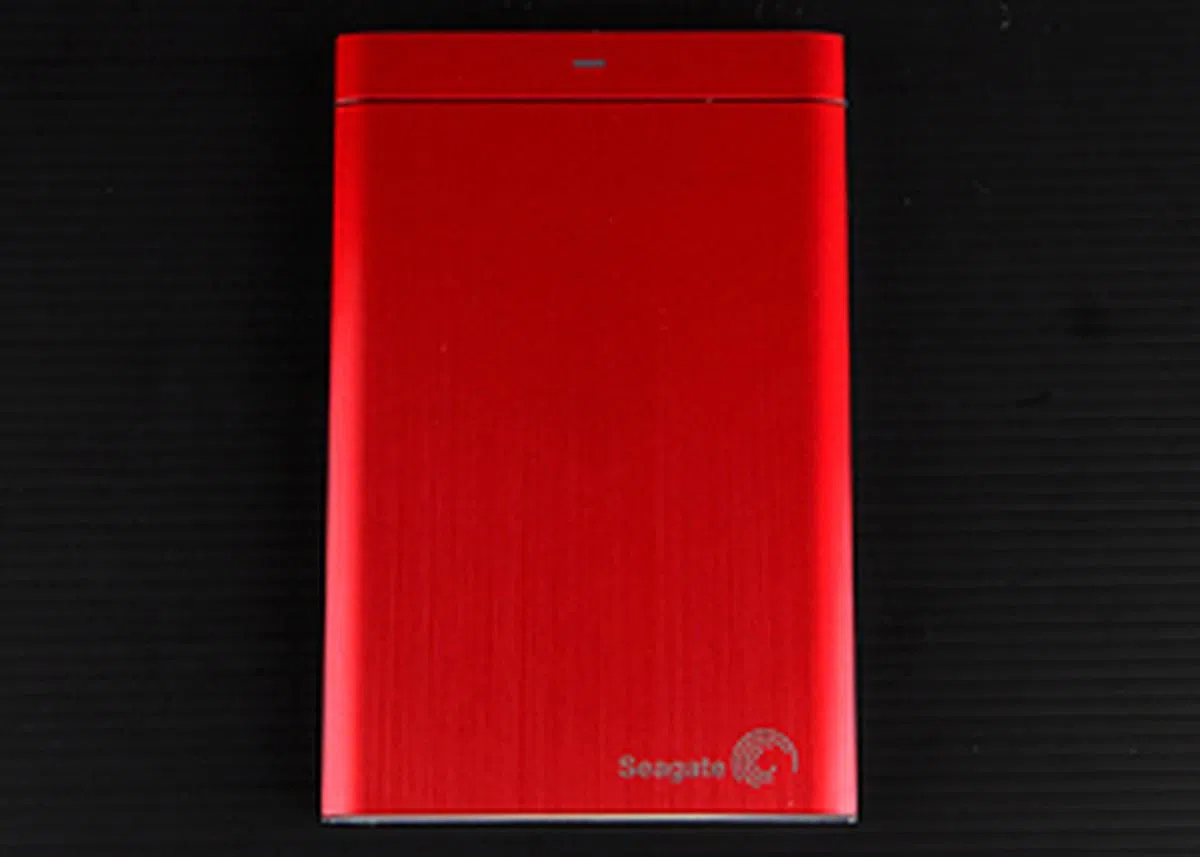 | |
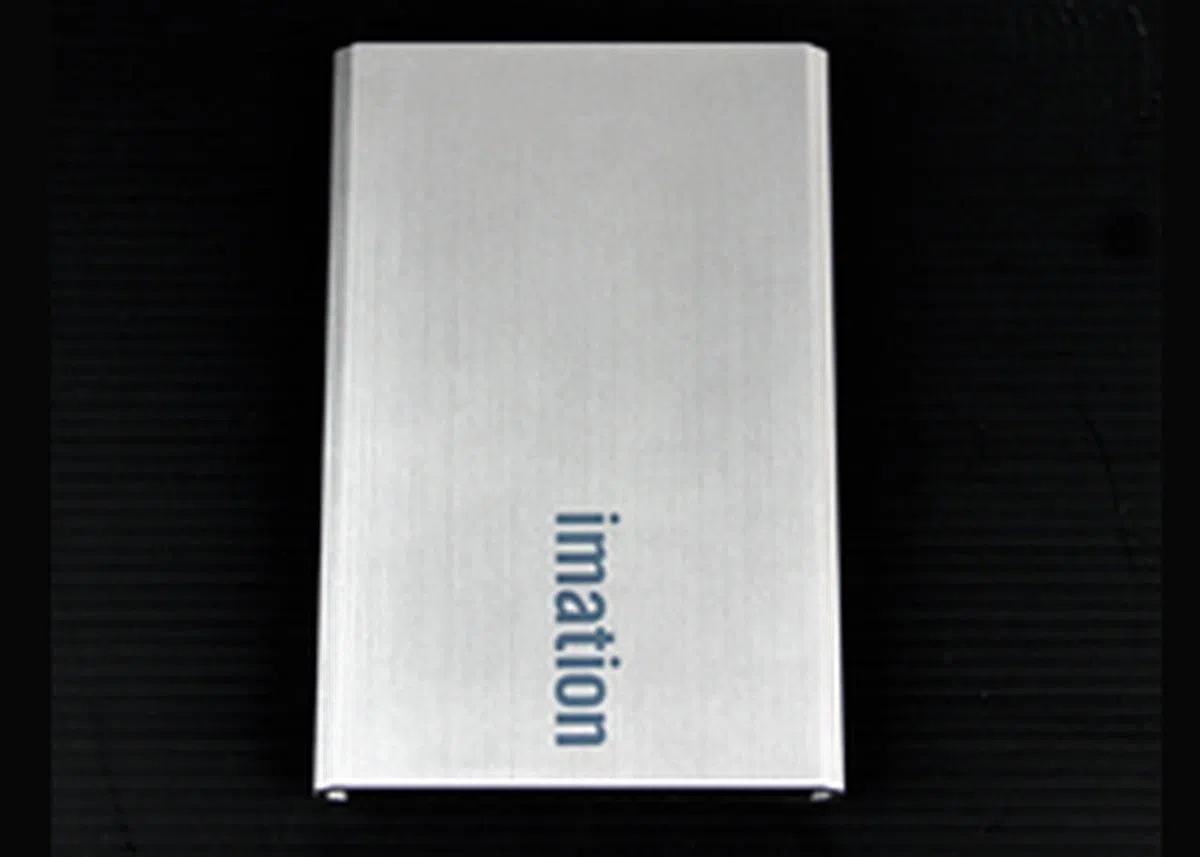 | |
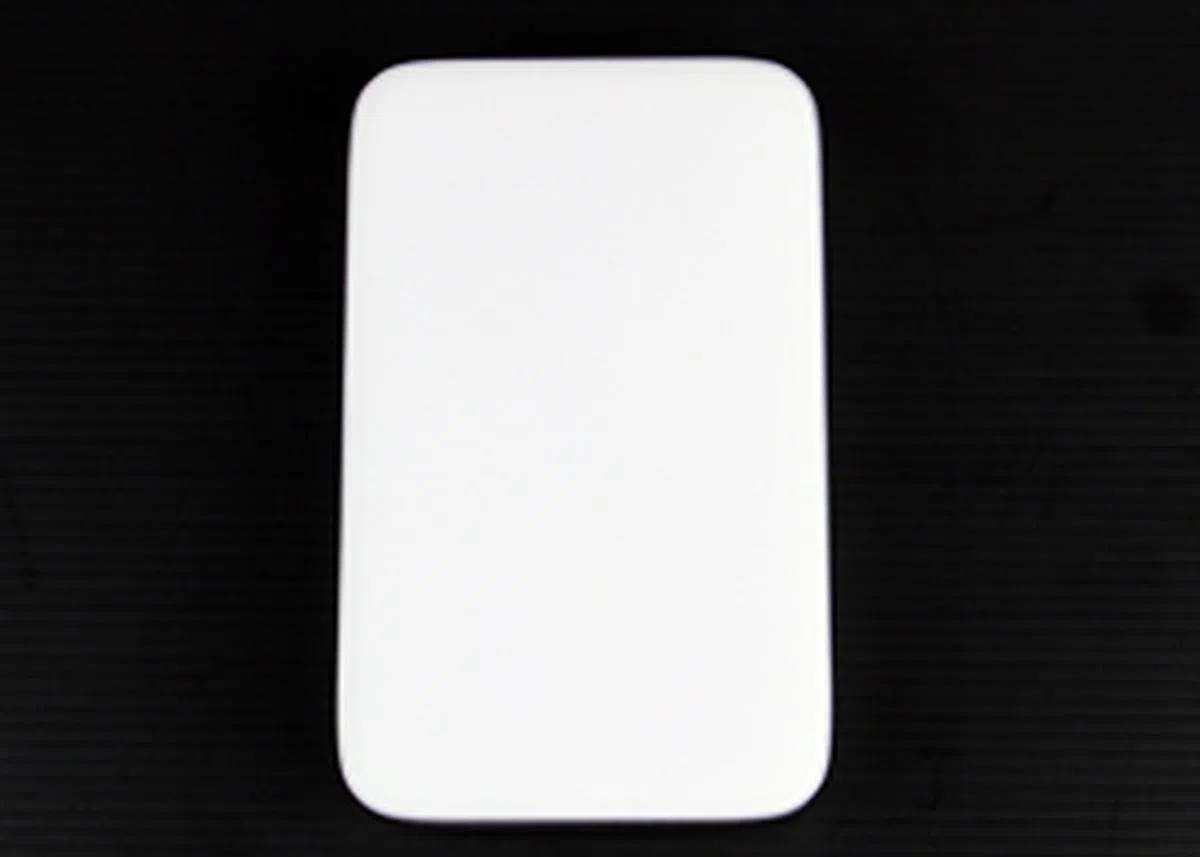 | |
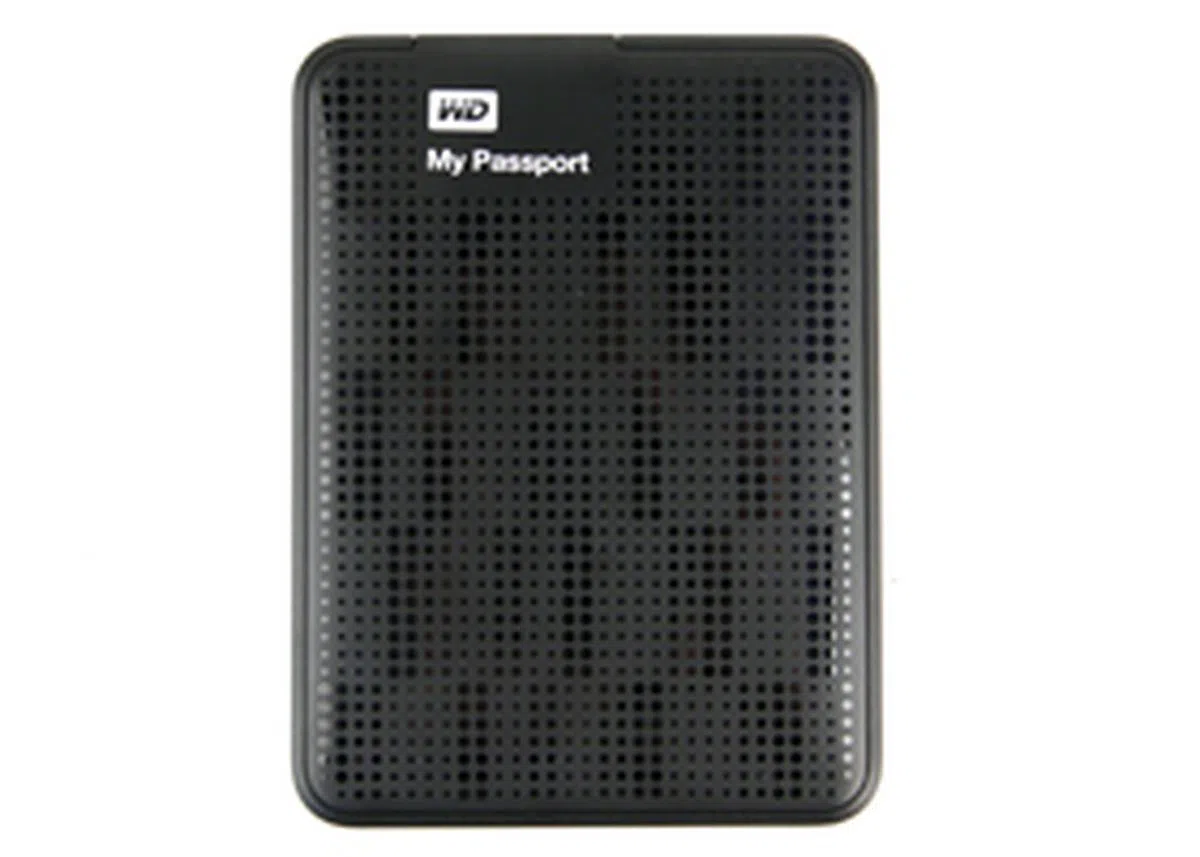 | |
 | |
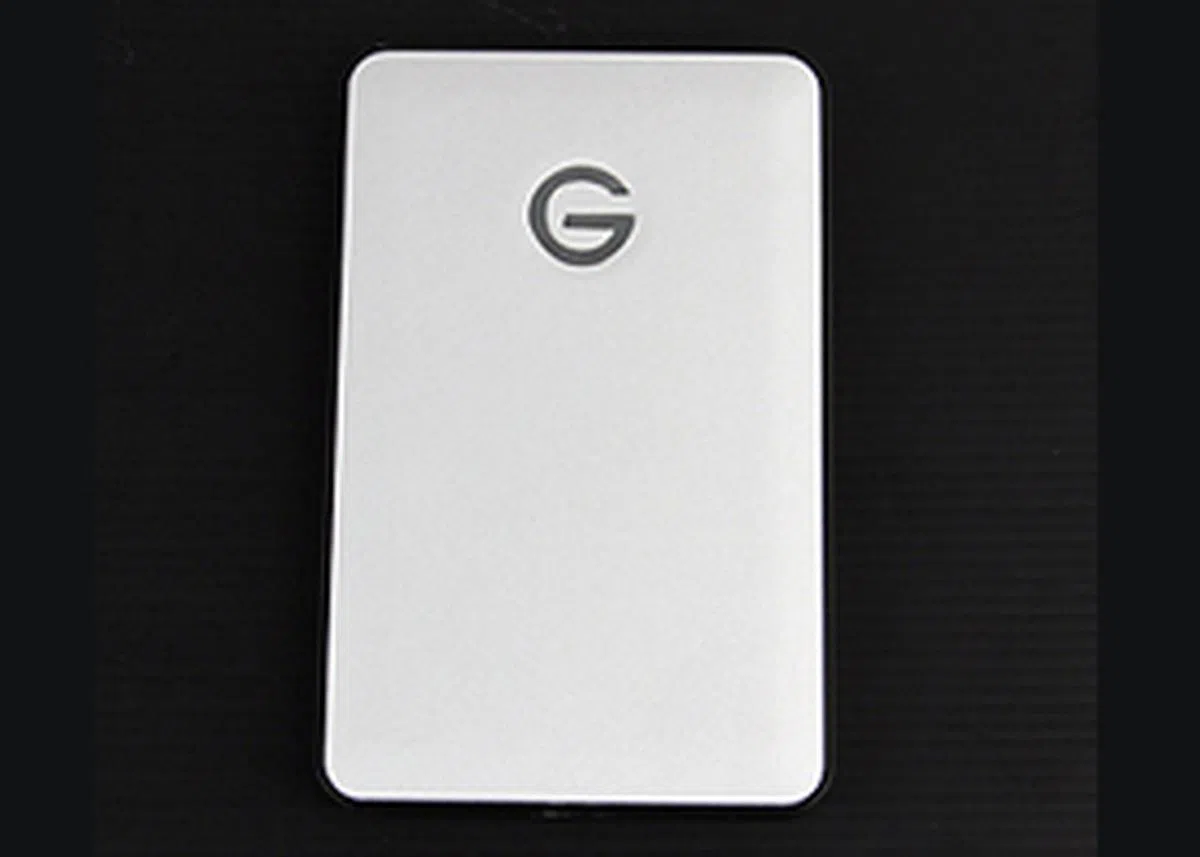 |
Our articles may contain affiliate links. If you buy through these links, we may earn a small commission.

